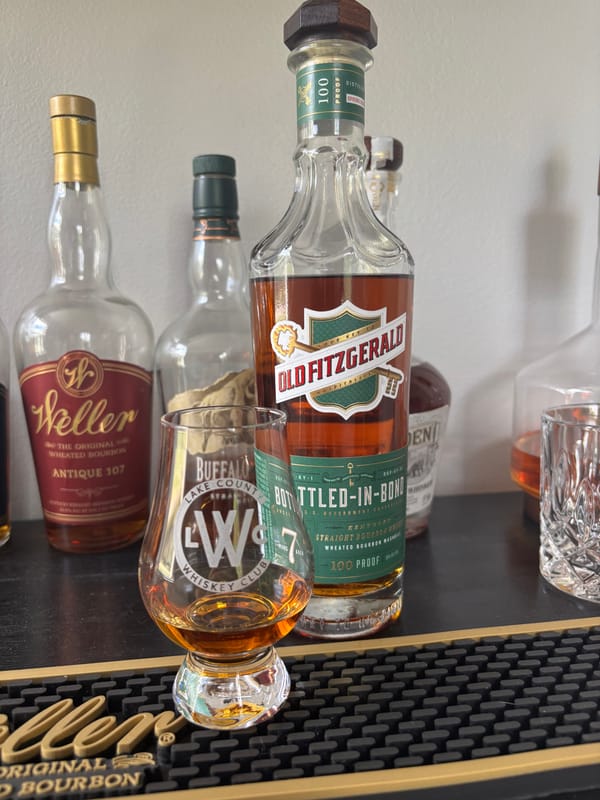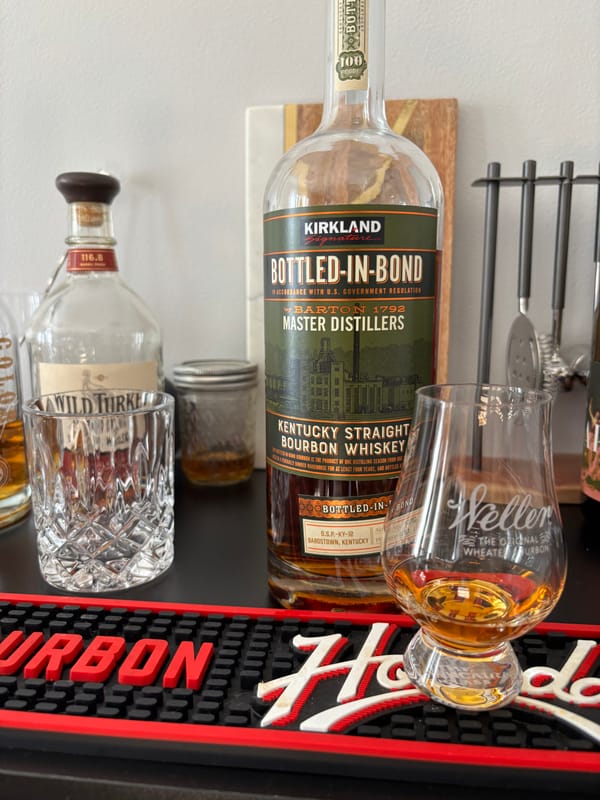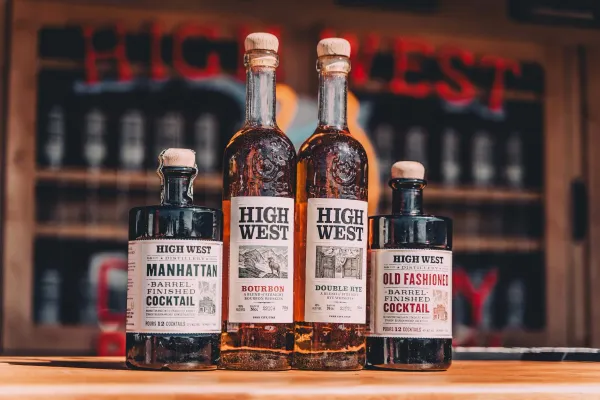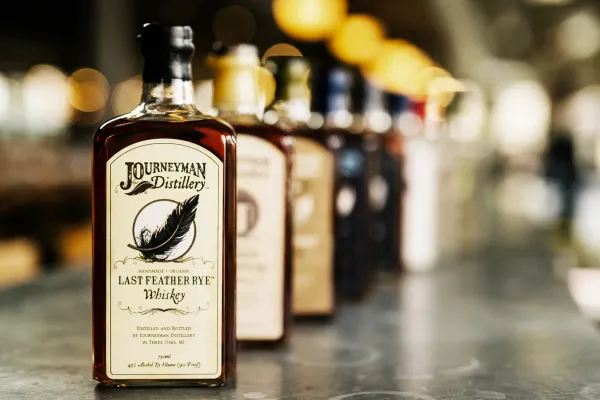Whiskey Label Approval Procedures Explained: The Stamp You’ll Wish You’d Understood Sooner

Label Approval Procedures: The Whiskey Truth You Can’t Miss
Label approval procedures for whiskey aren’t just bureaucracy. They’re the regulatory stamps that ensure every bottle’s label is accurate and compliant. If you don’t know these procedures, you’re missing the truth that validates every sip. For whiskey fans eager to trust their bottle, this is the straight truth about whiskey label approval procedures, rooted in legal standards and craft, and a 2025 must-catch.
What Are Whiskey Label Approval Procedures?
U.S. law requires whiskey labels to be approved by the Alcohol and Tobacco Tax and Trade Bureau (TTB), verifying type (e.g., bourbon, rye), proof (80 minimum), volume, and origin (e.g., USA). Scotch and Irish whiskey (Scotch Whisky Regulations 2009, Irish Whiskey Act 1980) follow similar oversight by regional authorities, ensuring age statements (three-plus years minimum) and geographic indications. Labels must reflect production—fermentation (8-10% ABV in three to five days), distillation (160-190 proof max), and aging—ensuring flavors like caramel or malt match claims for whiskeys at 80-120 proof.
How Label Approval Shapes Whiskey
TTB reviews ensure bourbon labels state 51% corn and new charred oak, guaranteeing toffee notes post-aging (four to eight years) in Kentucky’s climate (20-100°F). Scotch labels with “single malt” or “12 years” are verified for three-plus years in oak, ensuring malty depth. Non-compliant labels (e.g., false age claims) are rejected, preventing consumer deception. International regulators, like the UK for Scotch, enforce similar scrutiny, ensuring origin and production accuracy. Approval protects flavor expectations and legal integrity, critical for bottles across climates (40-65°F for Scotland).
Why Label Approval Matters for Your Sip
A bourbon at 80 proof, with a TTB-approved label, delivers verified caramel warmth, while a Scotch at 86 proof, with certified labeling, offers authentic malt, per legal standards. Unapproved labels risk misleading claims. Every sip reflects the approval’s truthful role, making your next bottle a reliable expression of its identity.
Why Label Approval Procedures Matter in 2025
Whiskey label approval procedures are the spirit’s truth validators. By 2025, understanding these standards could make every sip a clear taste of certified craft, from bold to smooth. It’s the truth in the stamp, so don’t miss the truth.
Check out NEAT: Whiskey Finder—it’ll help you track down bourbon and whiskey near you.





